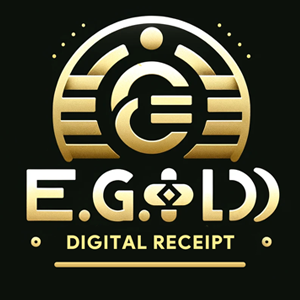Cryptocurrency has opened the door to a new era of financial freedom, but increasing restrictions on exchanges threaten that very independence. From withdrawal limits and KYC (Know Your Customer) compliance hurdles to government-imposed restrictions on transfers, crypto investors are discovering that the promise of borderless money is often constrained by centralized exchange policies. Fortunately, there is a powerful alternative: bypassing exchange limitations altogether by converting cryptocurrency into physical gold bars. This approach not only restores financial sovereignty but also offers the stability of one of humanity’s most enduring stores of value.
Cookies help us deliver our services. By using our services, you agree to our use of cookies.

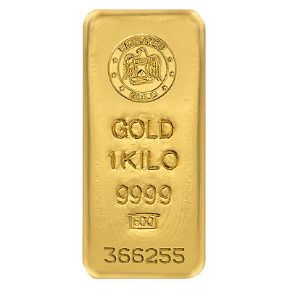
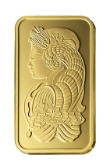
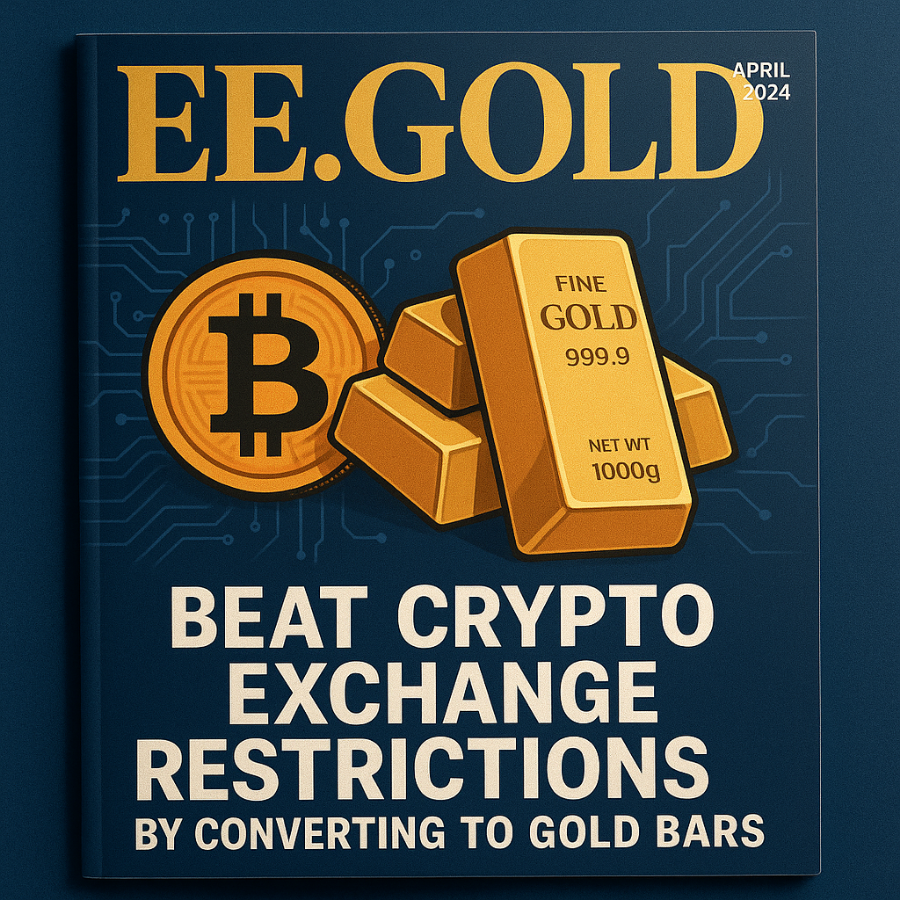
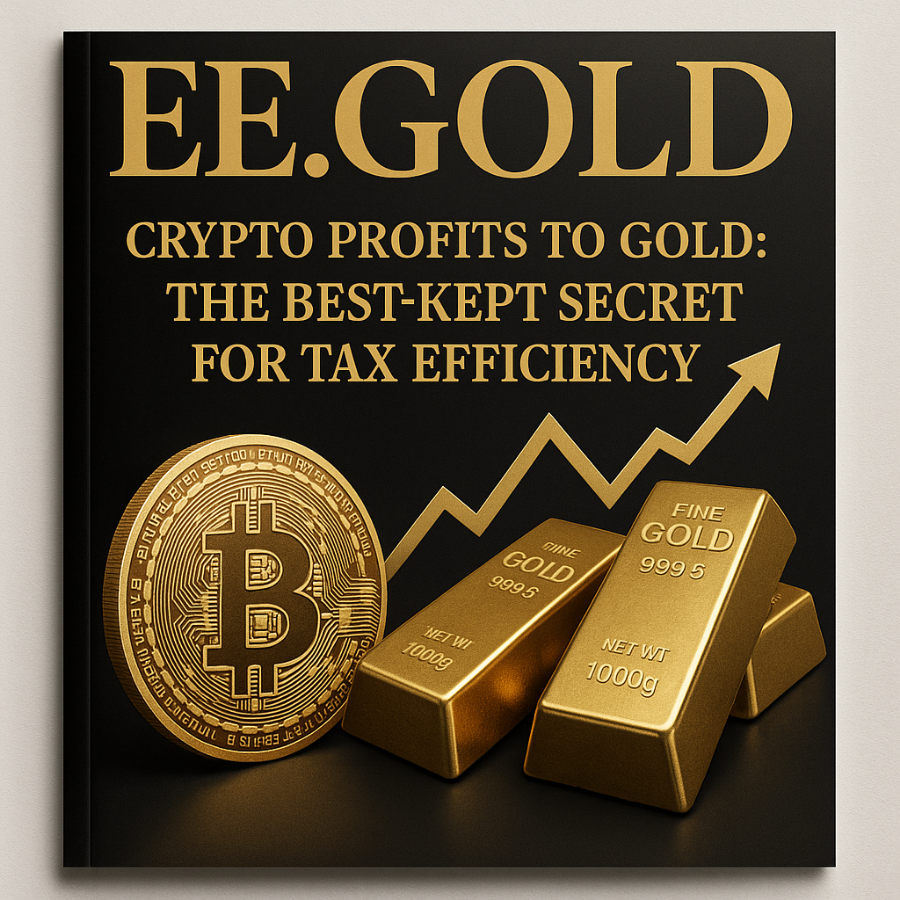

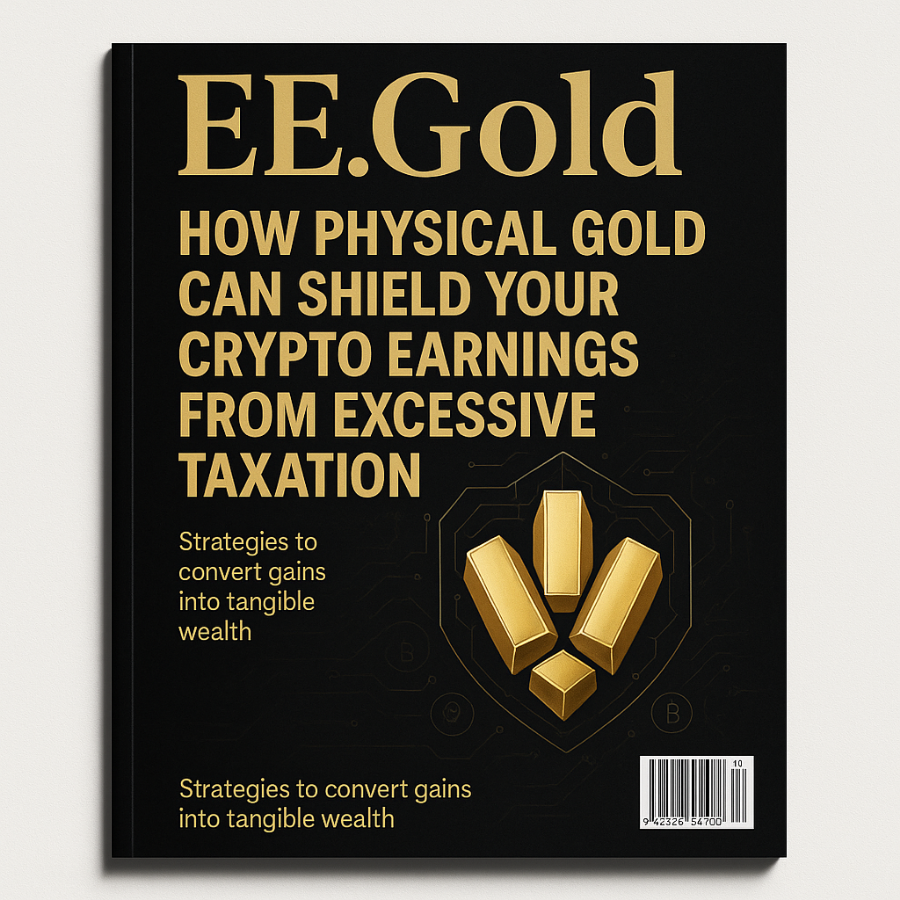
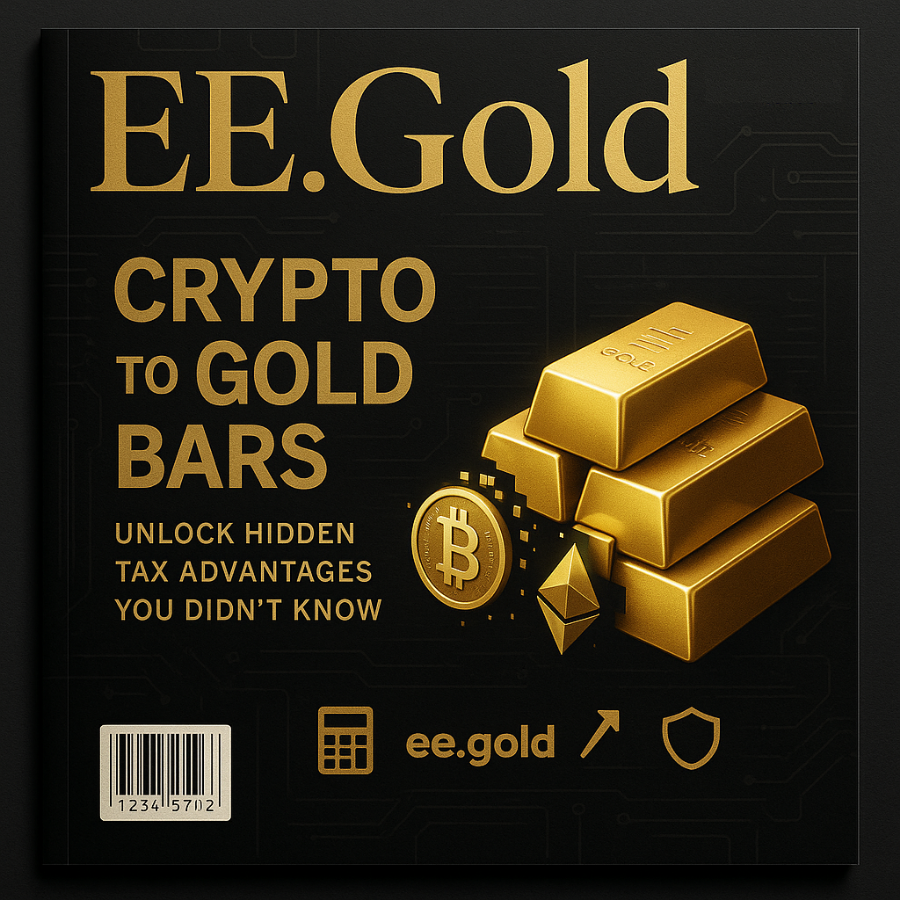
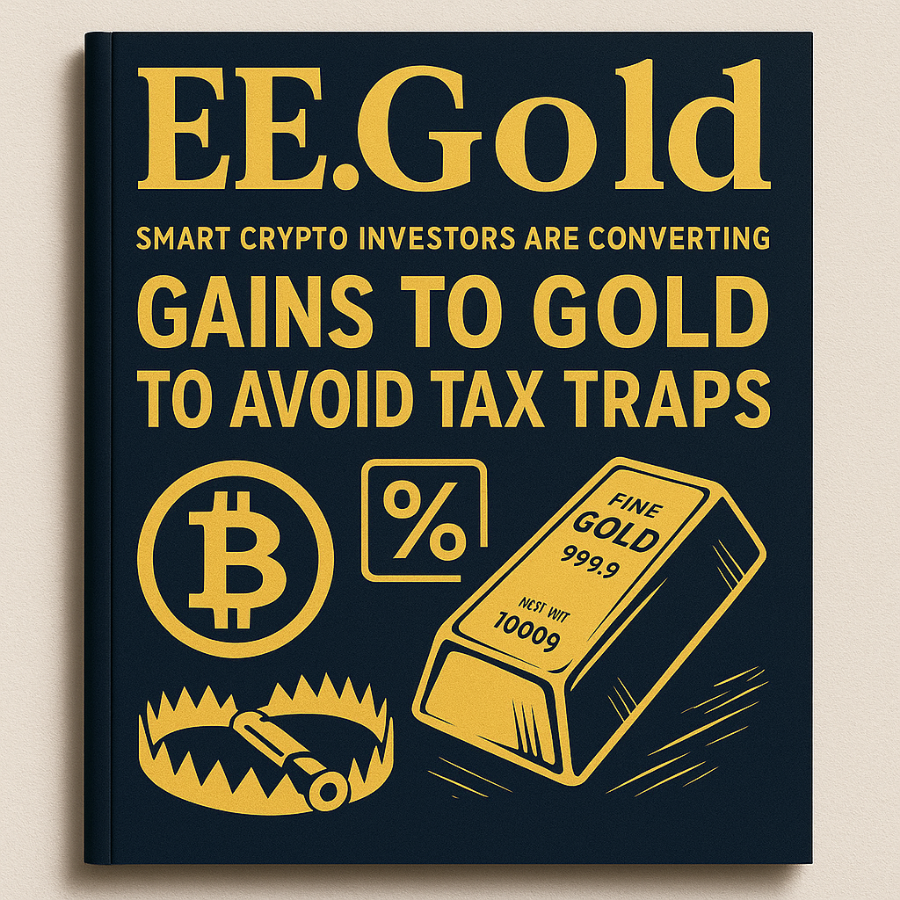

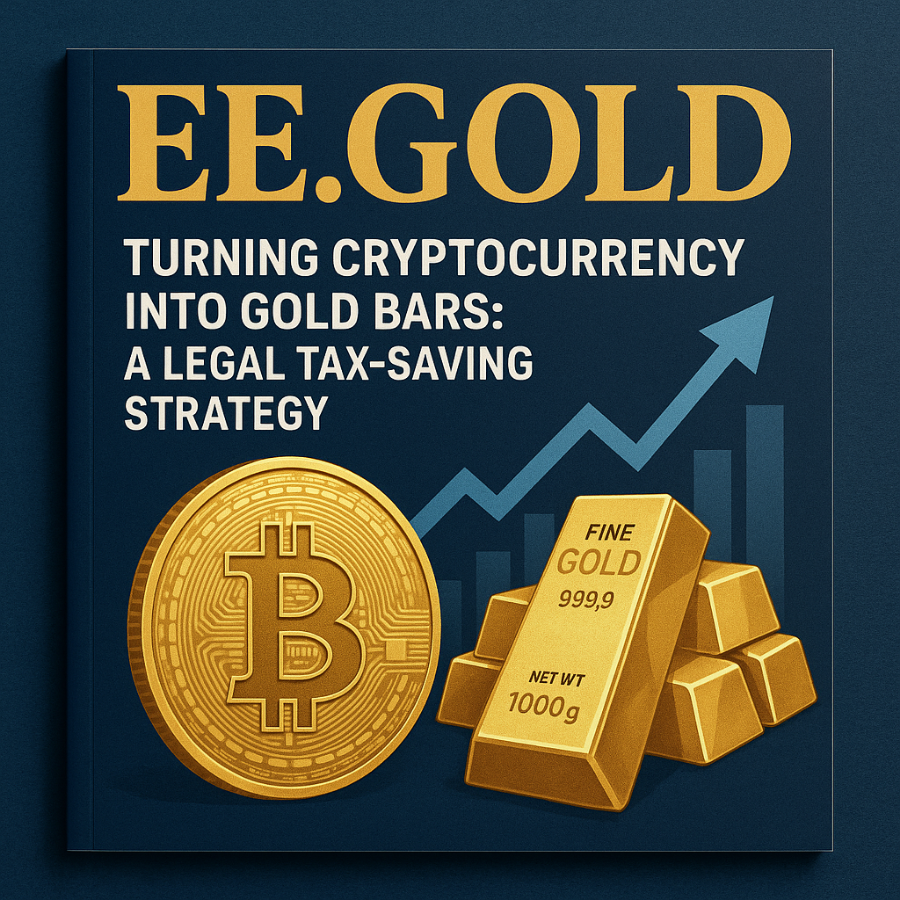






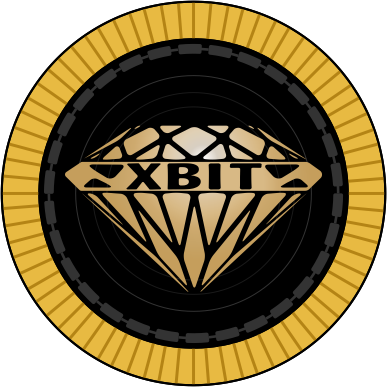


.png)

